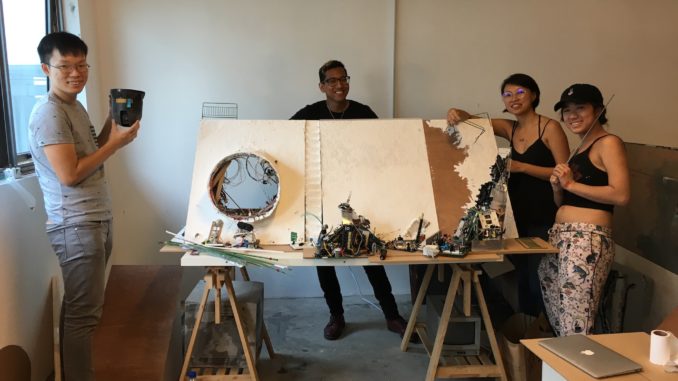
Although it’s often associated with games and digital media, the animation industry more rightfully belongs together with the film and television industry.
Robot Playground Media’s managing director and co-founder Ervin Han spoke about the intrinsic link between the media landscape and animation over the next 20 years in Singapore. The company was founded about five years ago, and they made a splash in the local scene with their 2015 animated sitcom, “Heartland Hubby”.
In that same year, they followed up with an animated silent short film, The Violin, which traces the history of Singapore through the different owners of a violin. The film nabbed the Best 2D Animated Programme at the Asian Television Awards last year, and Han felt that it was testament to the fact that Singaporean stories could resonate with audiences.
More recently, they’ve produced three animated short films for Starhub’s TimeScapes anthology series — Little Red Bricks, The Girl and The Cat, and Playgrounds.
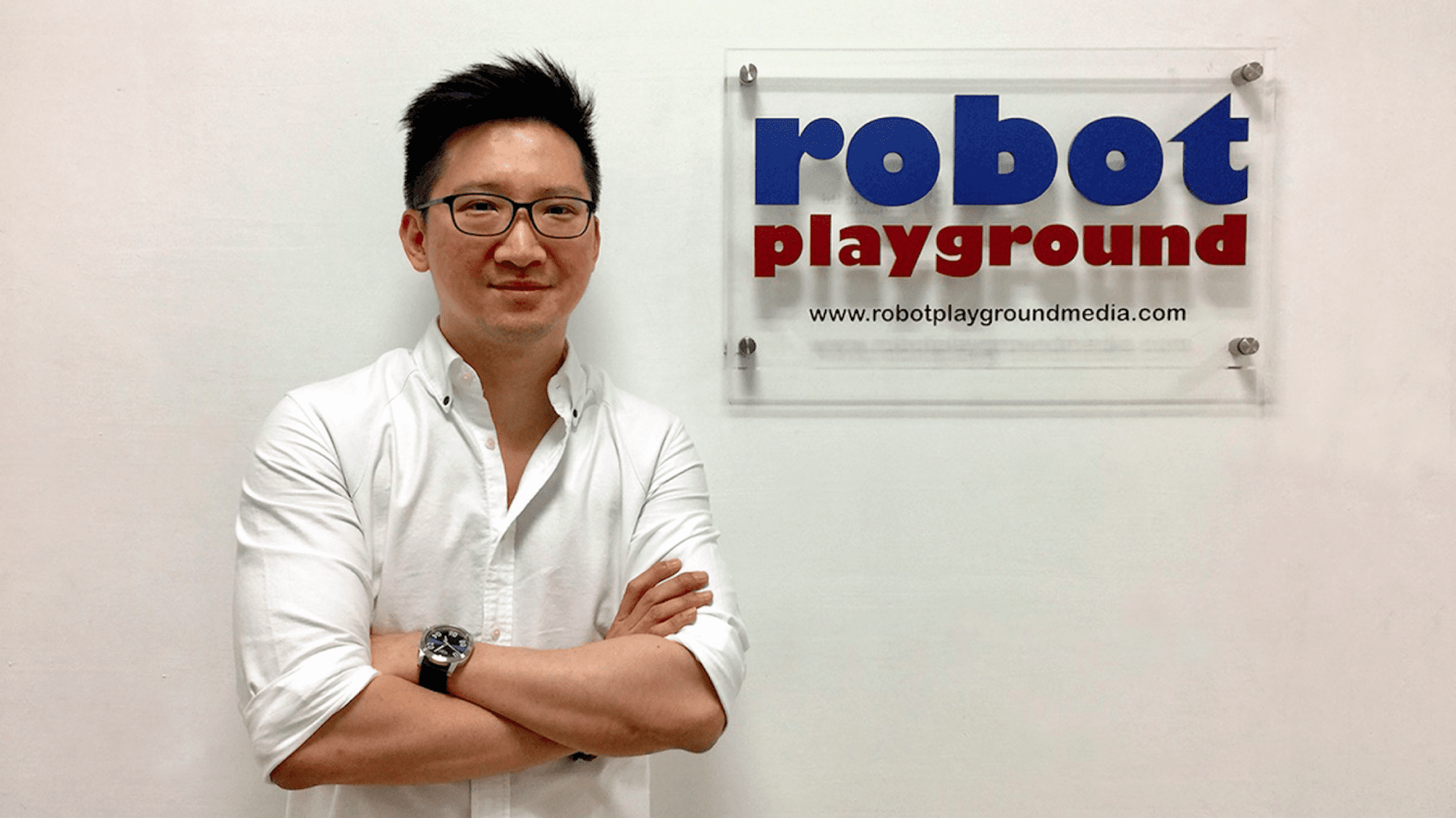
Previously, Han worked in animation development and production for over a decade, focusing on children’s animation for international broadcasters such as Nickelodeon and Cartoon Network.
Having seen a gap in regional animation industry, his goal for founding Robot Playground Media was to tell Asian stories closer to home.
“We are cartoon people,” Han said.
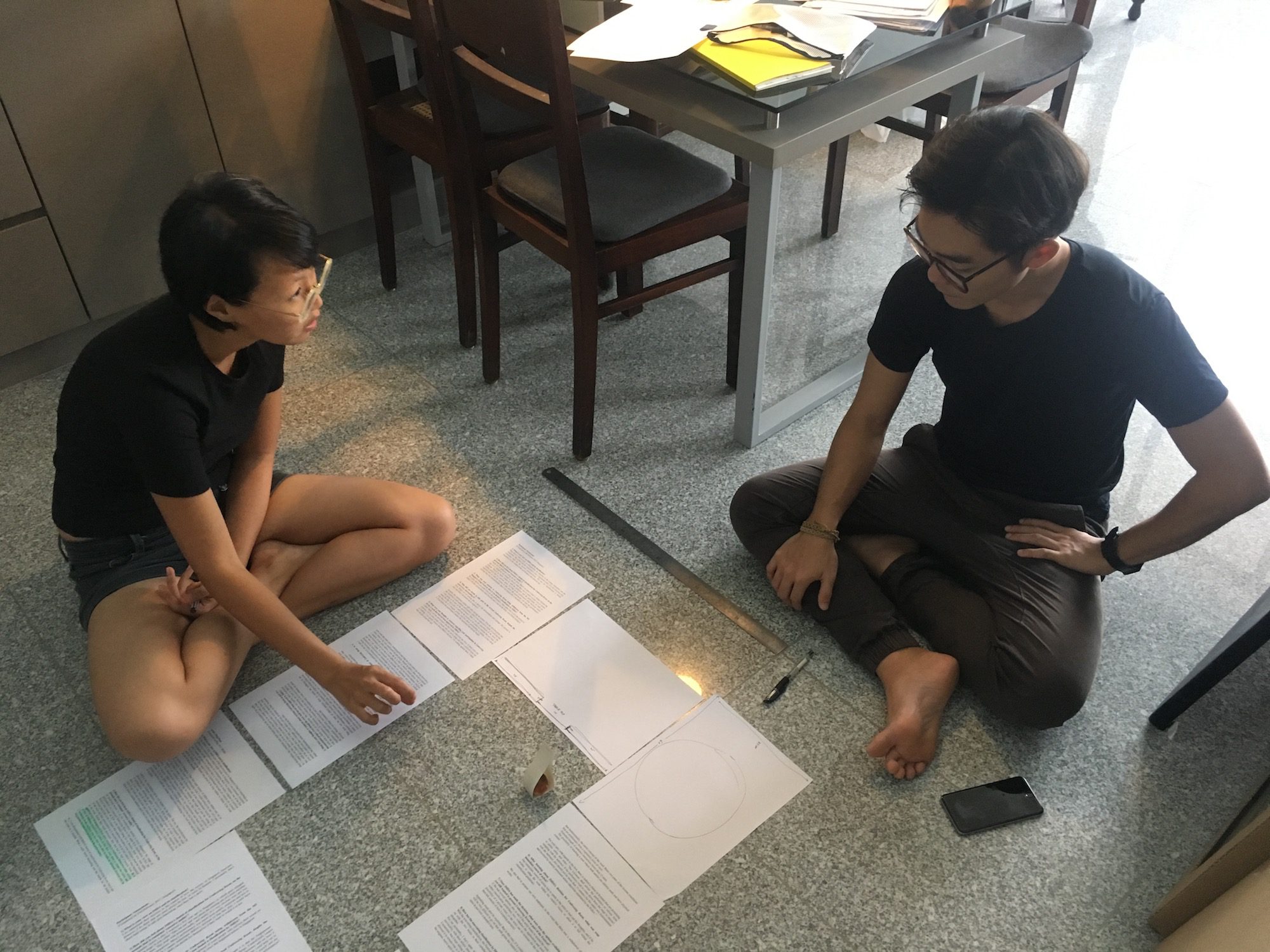
The future of animation in Singapore
“The animation industry in Singapore is very young, it’s still quite nascent. But it seems like we’ve been saying that forever,” he joked.
He estimated that in Singapore, there are at least a dozen animation studios specialising in commercials and motion graphics, not counting many production houses that have in-house animation teams. There are probably five to six studios that have developed and created their own original productions.
“Animation production is more costly, takes more time, and takes more manpower. So these projects are harder to put together,” shared Han.
Compared to the $45,000 to $55,000 budget for a half hour comedy or drama, an animated episode of similar length costs around $80,000. Han shared some rough figures for comparison — an episode of “The Simpsons” costs about $2 million USD, said Han, while other international cartoons can cost between $200,000 to $500,000 per episode.
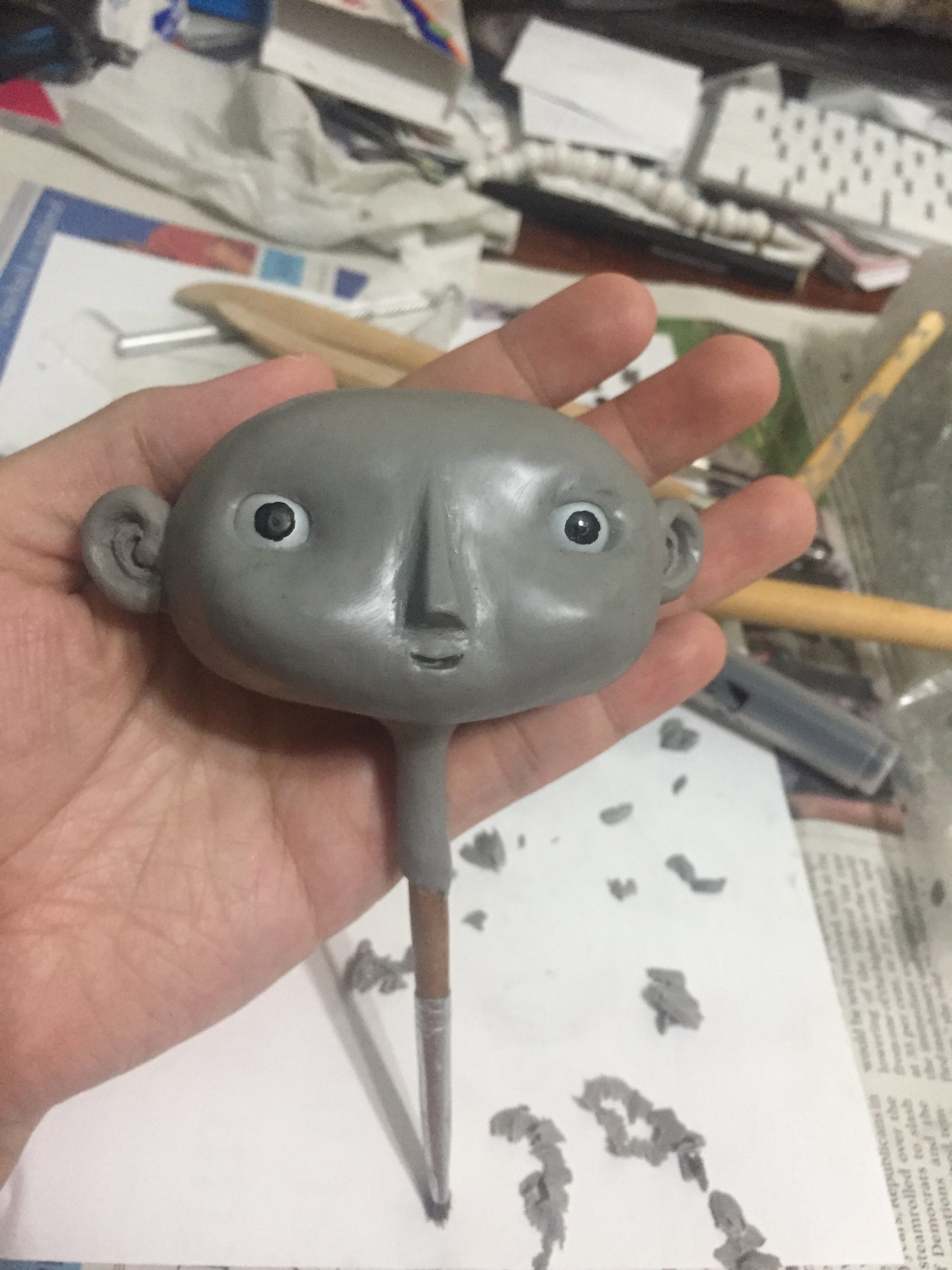
Mentoring the new generation of animators
Han is one of the mentors for second run of 20/20: The Temasek Short Film Project, a film series commissioned by Temasek for aspiring young filmmakers. He’s mentoring the teams behind two animated shorts — “Flightless Pigeons”, a 2D animated allegory about anthropomorphic pigeons, and “Automatonomy”, a stop-motion dark comedy set in a post-apocalyptic Singapore where humans and robots are at war.
He considers it his civic duty to share his experiences with new animators, and likes the process as well.
“Part of me wants to dive in and do it myself,”said Han of the mentoring process. “But creatively, I don’t try to impose my views too much on their film. What I would do is that I will question them and they will need to convince me of their point of view. I am the audience, and now this is something they have to present to the world. It’s a little different from a school project, and they have to back up [their choices].”
“It’s giving them a taste of what the real world functions, in production terms.”
Fortunately, Han likes the mentoring process, as he’s always enjoyed talking to younger animators coming into the industry.
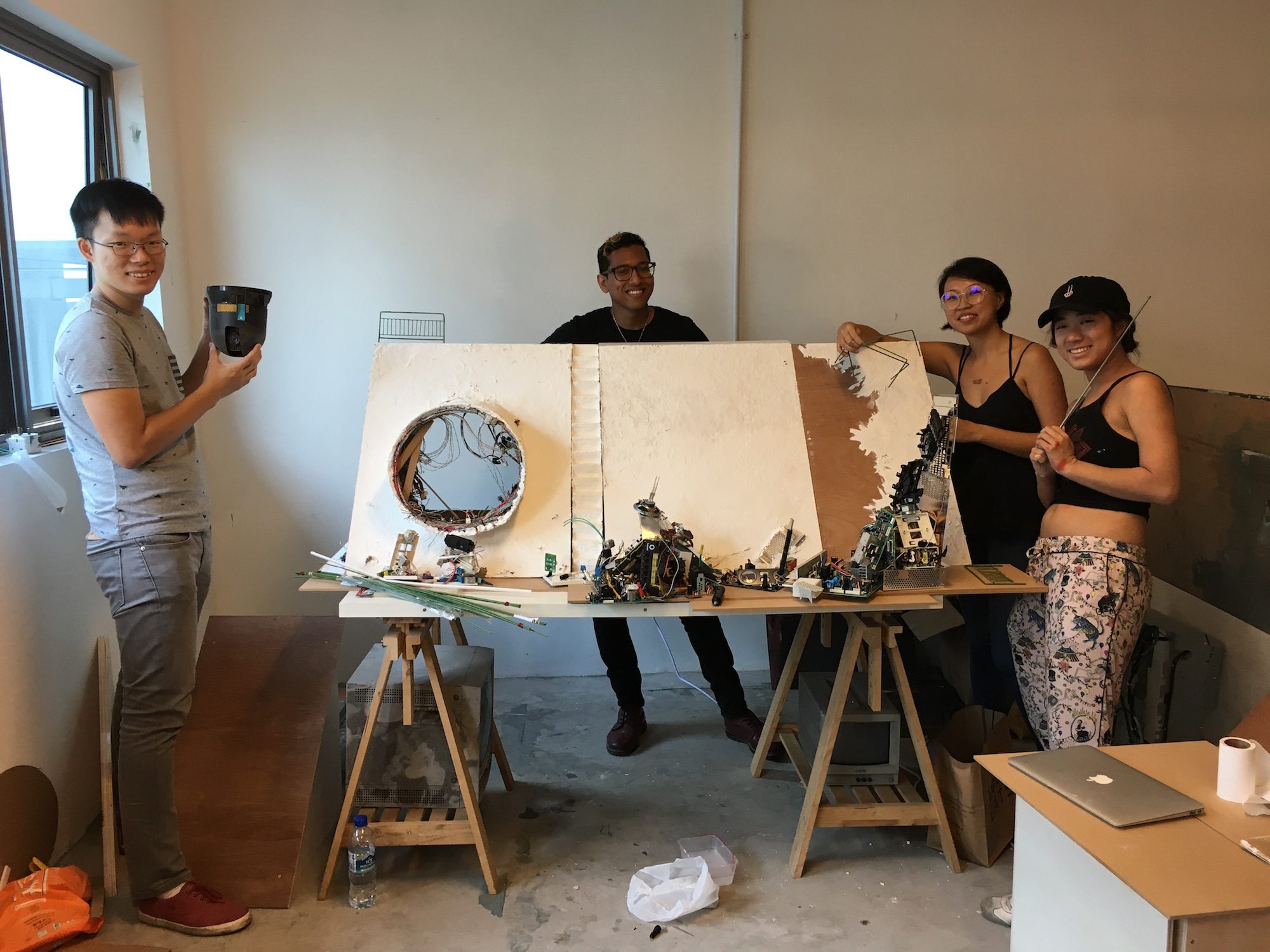
Advice for aspiring animators
“In animation, we live and die by our storyboards,” stated Han. Practically speaking, it came down to improving the craft. “But broadly speaking, it would come down to watching more films, not just animated films. The limit of your knowledge is determined by the breadth of films you watch.”
Another tip was to find people who had complementary skill sets to collaborate with and grow one’s network.
“The most important attribute of an animator, besides being able to draw, is the skill of observation,” he said. He shared the example of the difference in how a young couple and an old couple holds hands.
“You are essentially bringing things, which is why it is very important to observe life in general — whether it is animated or inanimate.”
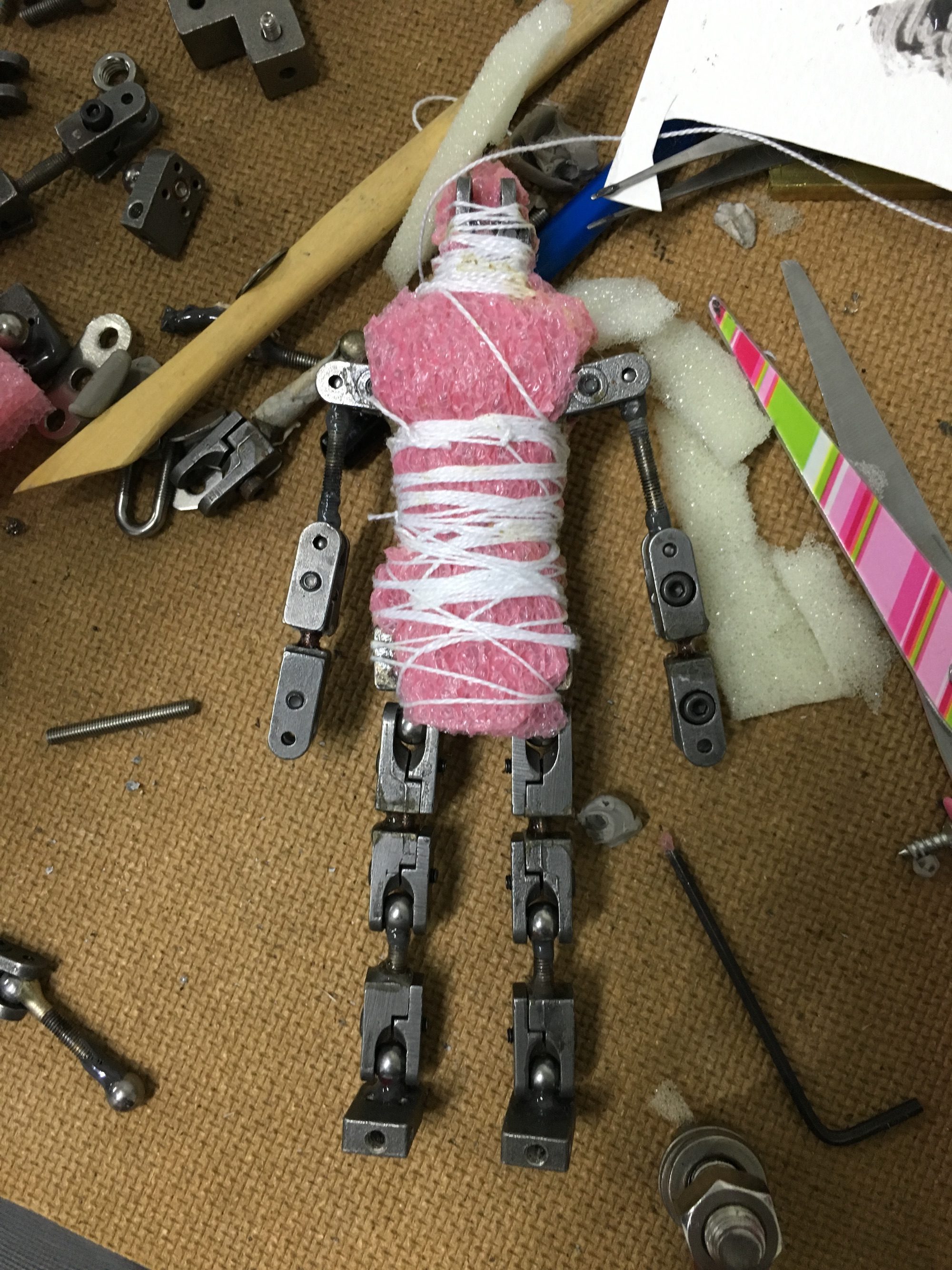
The short films from 20/20: The Temasek Film Project will be launched on 29 May, 2018.
This article was first written for and published on Yahoo Singapore.
Follow Marcus Goh (yes, referring to myself in third person) on Facebook and Instagram for more (presumably) good updates!
I’m a Singapore television scriptwriter who’s written for Lion Mums, Crimewatch, Police & Thief, and Incredible Tales. I’m also a Transformers enthusiast and avid pop culture scholar. You can find me on social media as Optimarcus and on my site.
Send me an email if you want to get in touch!
Leave a Reply